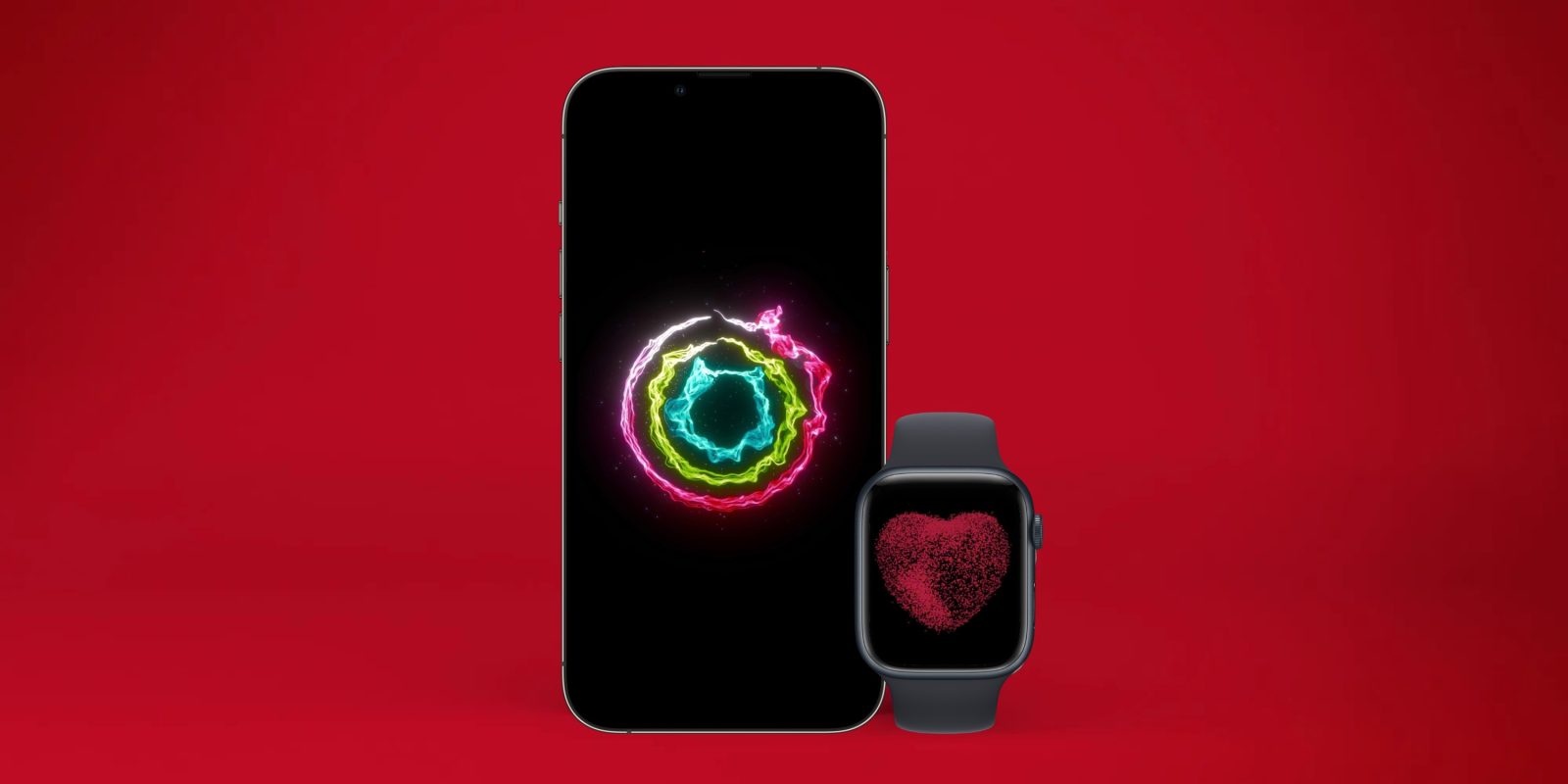
Smartwatches like the Apple Watch have a lot of health features these days like fitness tracking, blood oxygen monitoring, and heart rate monitoring, among others. It’s become a critical part of many people’s lives and has even saved a few. It’s also becoming an important research tool as organizations analyze data from these health-monitoring features.
A new study from the National Institutes of Health (NIH) spotted inequalities within the ownership of smartwatches and wearable technology. The study finds that those who own smartwatches tend to be young, white, educated, and wealthy.
Researchers conducted the study through the NIH’s All of Us Research Program. This effort is building a health database representative of the United States. The team’s goal is to purposefully include underrepresented groups in medical research.
The study found that participants who sent health data directly from a Fitbit were from whiter and wealthier demographics than the rest. This led the team to survey over 1,000 patients at six Federally Qualified Health Centers to find out why. Some of those team members wrote about this survey in STAT:
[R]espondents who were interested in using an activity monitor made it clear: their lack of use wasn’t because they were unwilling to use devices or contribute the resulting data to research. They cited cost barriers (49%), the need for support in using the devices (19%), and a lack of a clear understanding of the potential value of these devices to their health (16%).
People want smartwatches
About 40% of people who responded identify as Hispanic, 36% as non-Hispanic Black or African American, and 15% as as non-Hispanic white. Sixty-eight percent speak English and 32% speak Spanish. When asked if the participants would like a fitness tracker, 58% responded “yes,” 20% responded “no”, and the rest did not answer.
It’s not that people who don’t fit these measures don’t want smartwatches, it’s that the devices are too expensive. Since high costs of wearable technology turns off underrepresented groups, it leaves them excluded from medical research involving these devices.
As health features continue to come to wearable devices, it’s becoming an important tool in people’s health and medical research. As long as more underrepresented groups gain access to this technology, it’ll help provide more accurate and clearer data for various communities so all can benefit.
FTC: We use income earning auto affiliate links. More.


Comments